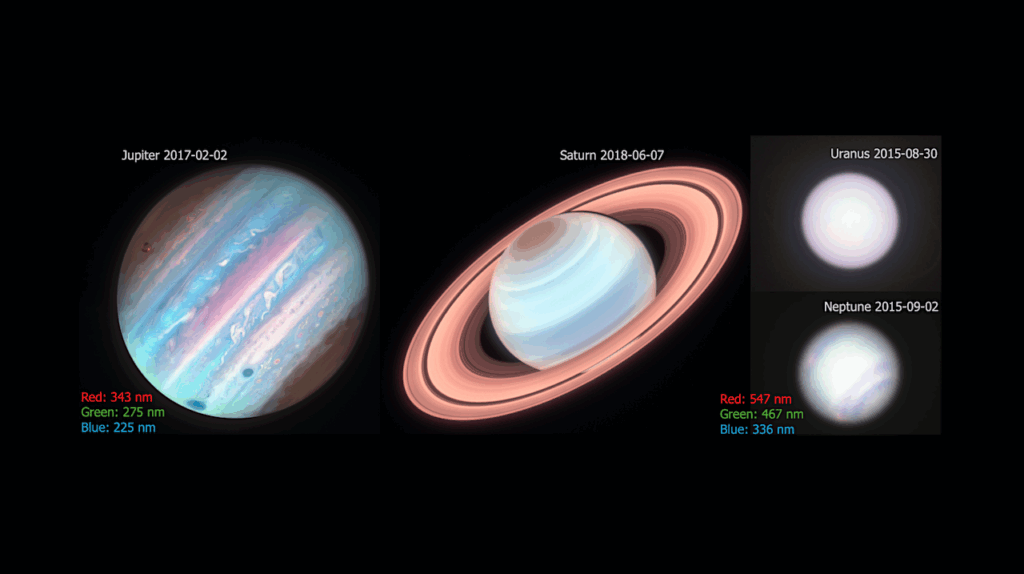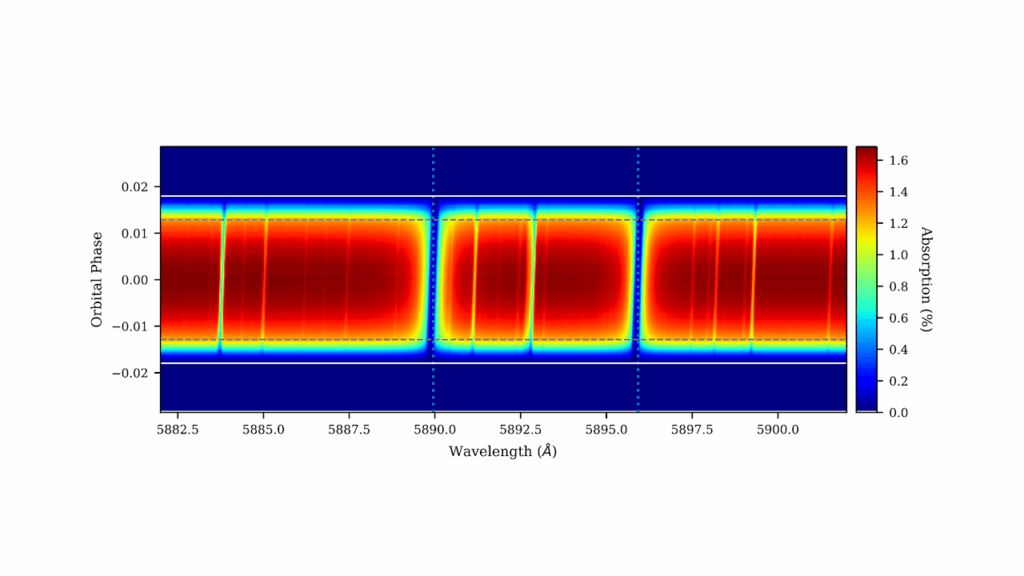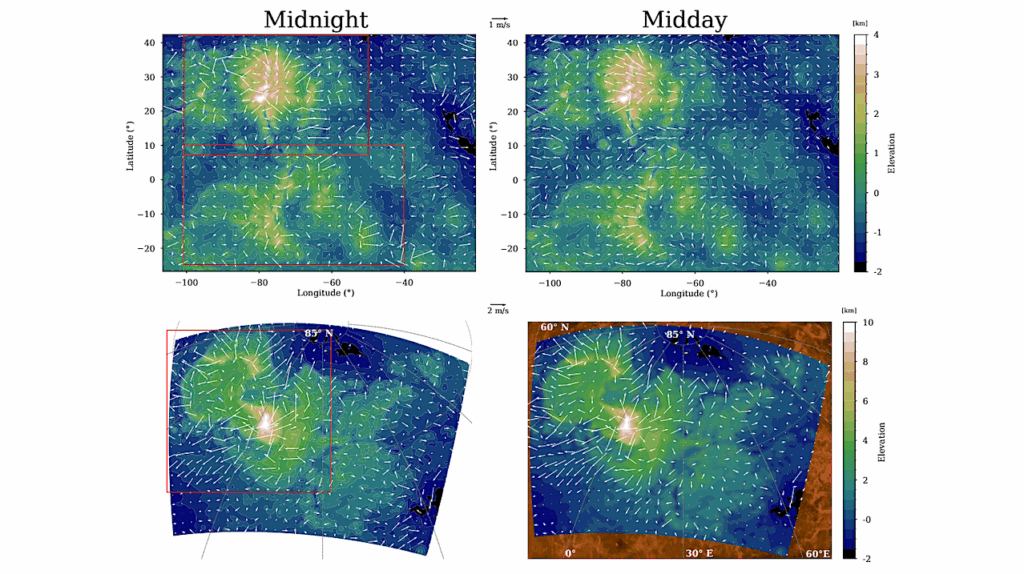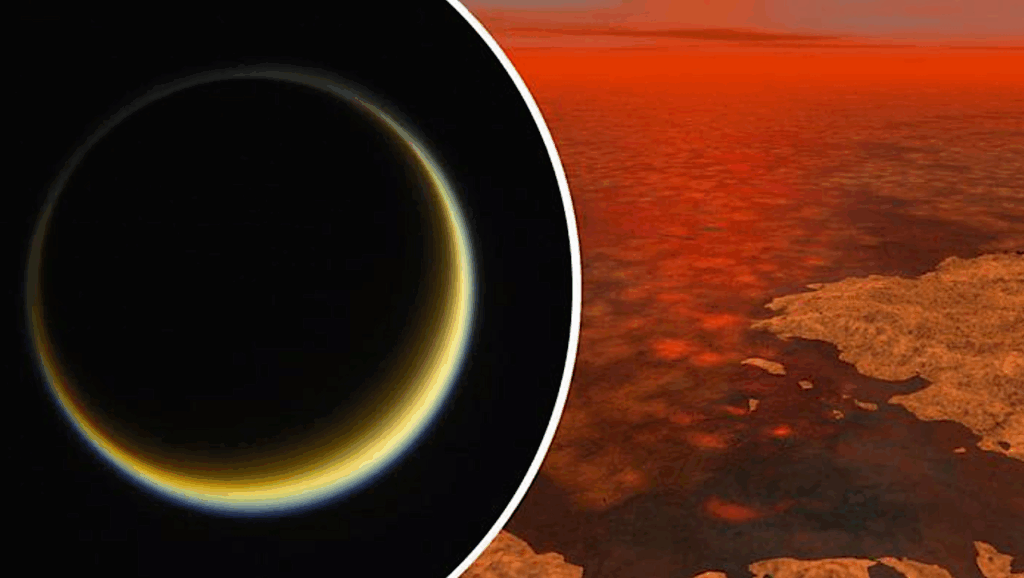Do Temperate Rocky Planets Around M Dwarfs have an Atmosphere?
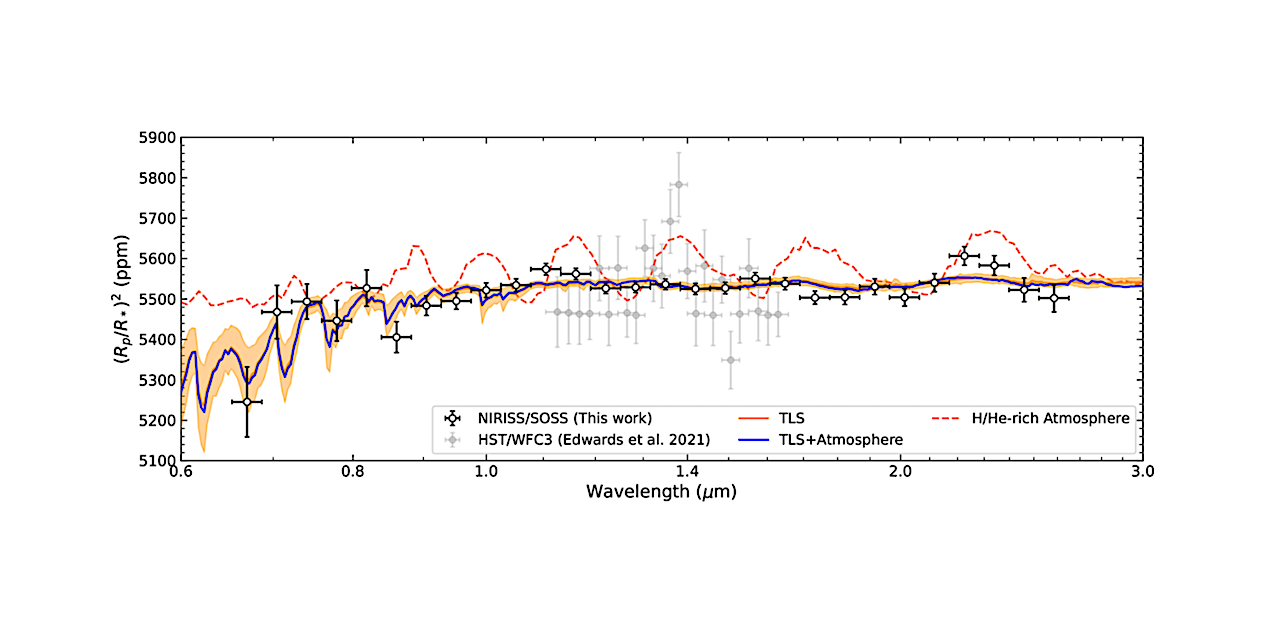
Detecting an atmosphere on nearby temperate planets is one of the most important scientific objectives of the Webb mission, an endeavour in practice limited to a handful of well-characterized planets: Trappist-1d, e, f, g, LHS1140b, and the mini-Neptune K2- 18b.
The first 18 months of atmospheric characterization with JWST have confirmed both its power and versatility to probe exoplanet atmospheres, and have highlighted the challenge of stellar activity in studying those atmospheres through transmission spectroscopy.
Assessing the prevalence of atmosphere in temperate planets with a minimal degree of confidence will require a multi-cycle program of order of a few 1000 hours involving both eclipse photometry and transmission spectroscopy, a program that would have to be executed over a significant fraction of JWST’s lifetime.
The forthcoming 500 hours of Cycle 3 Director Discretionary Time dedicated to exoplanet programs represent a unique opportunity to initiate a deep reconnaissance of habitability of the best keystone temperate planets.
Rene Doyon
Comments: 7 pages, one figure, one table. To appear in the proceedings of the Pontifical Academy of Science workshop on The James Webb Space Telescope: from first light to new worldviews, Vatican City, 27-29 February 2024
Subjects: Earth and Planetary Astrophysics (astro-ph.EP)
Cite as: arXiv:2403.12617 [astro-ph.EP] (or arXiv:2403.12617v1 [astro-ph.EP] for this version)
Submission history
From: Rene Doyon
[v1] Tue, 19 Mar 2024 10:35:20 UTC (343 KB)
https://arxiv.org/abs/2403.12617
Astrobiology


